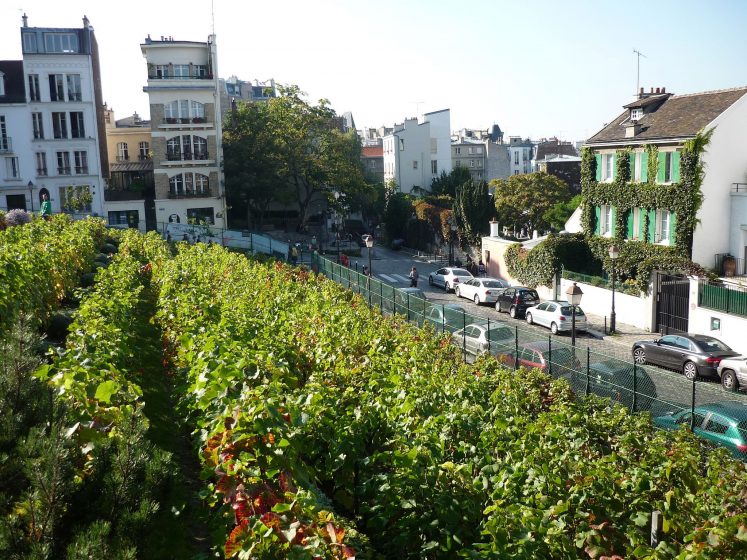City Blooming Fundamentals Explained
Fascinated in expanding food for sale in the City of Chicago? Below is a checklist of frequently asked questions regarding the rules and policies that cultivators need to think about when intending an urban farming task.
The zoning change does not change any type of various other codes taking care of composting, structure permits, purchasing or leasing City had property, service licenses or environmental contamination. There are existing codes that control these problems and they remain in full impact and might apply to your project. Area yards are usually possessed or handled by public entities, civic companies or community-based organizations and preserved by volunteers.
Urban farms expand food that is meant to be marketed, either on a not-for-profit or for-profit basis. Due to their industrial objective, urban farms need a business license. Yes. A neighborhood yard is permitted to offer excess produce that was expanded on site if the sales are accessory or subservient to the garden's primary purpose explained over.
9 Easy Facts About City Blooming Shown
The quantity of garden compost product can not surpass 25 cubic lawns at any type of given time according to the standards in 7-28-715 of the City's Municipal Code. Because the dirt at most brand-new garden websites needs modifying, compost, dirt, timber chips, or various other materials can be obtained to build or improve the expanding area.

If a building license is required after that the hoophouse will be taken into consideration an accessory structure. You can locate out even more about the building authorization demands by speaking to the Division of Buildings. The 25,000-square-foot dimension limit is intended to protect against a single community yard from dominating a given block or diminishing the block's existing household or commercial personality.
The limit does not use to yards situated in Public Open Space (POS) districts. Can there be more than one community garden that is 25,000 square feet on a single block? Yes. The dimension restriction uses to specific gardens, not to specific blocks. No. Fencing is not required, however, yards that have huge parking lot may be called for to mount fencing or other landscaping features.
The 20-Second Trick For City Blooming
B1 & B2 areas require that all commercial usage tasks be conducted inside your home. R areas limit business task. The guidelines show the purpose and intent of the Zoning Code. Is fence required for metropolitan farms? Yes. Fencings may be required, along with landscaping and testing, for sure car parking areas and outside job or storage space areas depending upon place and the specific activity taking area.
Urban farms need building authorizations and zoning authorizations prior to building and construction (landscaping). Various other types of city review might be called for depending on details structures, activities, size, landscaping, licensing, public heath and stormwater monitoring issues.
Yes. The kind of certificate is figured out by what is happening at the site. The Division of Organization Matters and Customer Protection can check out this site help determine the details kind of organization certificate that's required. Yes. Off street car park is required for many industrial projects in Chicago. The needed number of garage is based on the variety of workers working with website and not the square video of the growing area.
The 2-Minute Rule for City Blooming

An urban farm can offer compost material generated on website, however, the procedure has to abide with the regulations in 7-28-715 of the Chicago Municipal Code. Aquaponic systems are enabled indoors on city farms in many zoning areas.
As much as five hives or swarms of honey may be kept as an accessory usage. Beekeepers need to sign up with the Illinois Division of Farming. To find out more about the suggested zoning modification you might speak to the Division of Housing and Economic Advancement, Bureau of Preparation and Zoning at 312.744.8563.
, which takes location in country areas at the side of suburban areas.
How City Blooming can Save You Time, Stress, and Money.
, that seek to form social networks founded on a shared ethos of nature and community holism. These networks can create by method of official institutional support, ending up being incorporated right into neighborhood community preparation as a "transition community" activity for lasting city advancement.
The extra straight access to fresh vegetable, fruit, and meat products that might be become aware with city farming can boost food protection and food safety and security while decreasing food miles, resulting in lower greenhouse gas discharges, thus adding to environment adjustment mitigation. Some of the initial evidence of city farming comes from Mesopotamia.
Comments on “See This Report about City Blooming”